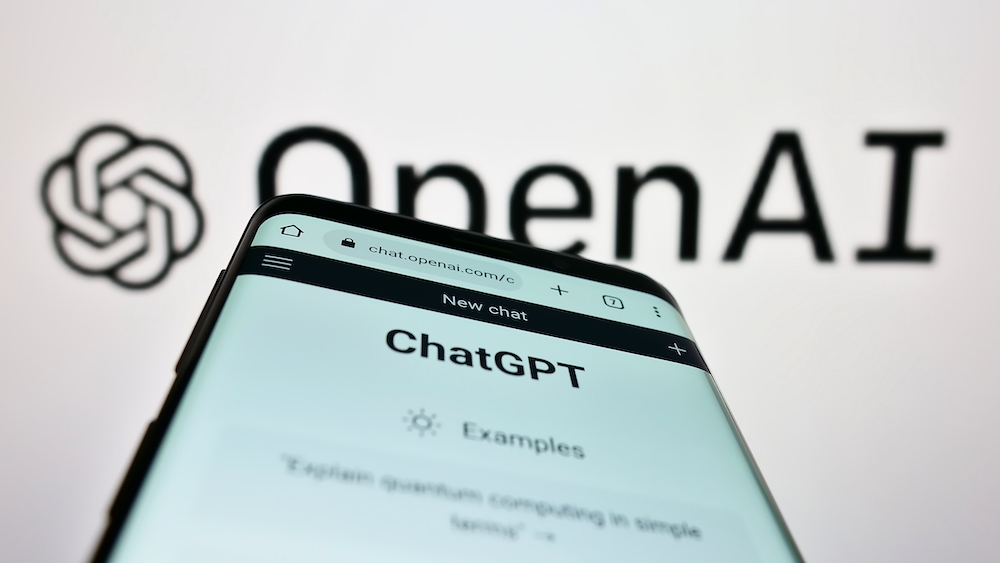
Posted September 14, 2023
By Ray Blanco
ChatGPT: Just Add Water
If you were a corn farmer in Iowa (bear with me), there is one thing you’d need more than anything else. And you would need it in droves…
Water.
For a 50 acre cornfield, to provide the needed 2 inches of water per month, you’d need about 170 million gallons of water a year.
It takes a whole lot of H2O to produce the Hawkeye state’s most famous export.
But we’re not talking about corn anymore.
I’m talking about GPT-4. The Large Language Model (LLM) that ChatGPT runs off of and that has kickstarted the artificial intelligence craze.
You might be surprised to hear that the generative AI chatbot from OpenAI, a company based out of San Francisco, is a product of Iowa. Not just Iowa, but rural Iowa where you would also see miles upon miles of cornfields.
Cornfields and data centers.
While all of the brains behind ChatGPT may reside in California, the Big AI Brain itself was born and raised far away. This was a fact not widely known before a Microsoft (who has 49% ownership stake in OpenAI) mentioned in a speech that GPT-4 “was literally made next to cornfields west of Des Moines”.
The reason for the LLM to be “grown” in Iowa is, you guessed it…
Water.
It takes a lot of water to cool the supercomputers that GPT-4 was trained on. At a rumored 1.7 trillion parameters, these rural data centers need to work extremely hard, which generates a lot of heat.
The warmer the weather, the more water that needs to be pumped in from cooling towers.
How much water are we talking about?
According to last year’s environment report from Microsoft, from 2021 to 2022 their global water consumption increased 34%, a jump widely credited to their AI research. This increase was just shy of 600 million gallons of water, or 850 Olympic-sized swimming pools.
ChatGPT could “drink” a 16-ounce bottle of water in as few as only five of your queries, depending on the weather.
Google, who has also been investing heavily in AI, saw a 20% increase in their water consumption over the same period of time.
Shaolei Ren, a researcher at the University of California, voiced concern saying…
“Most people are not aware of the resource usage underlying ChatGPT. If you’re not aware of the resource usage, then there’s no way that we can help conserve the resources.”
Blood In The Water
Many assumed that ChatGPT was run by some kind of magic when they first used it back in November of last year.
Most people were accustomed to having their phone’s autocorrect fail repeatedly to guess what word you were attempting to type, it understandably came as a surprise to see a program write out a (mostly) well worded, humanlike, and natural response to anything you could think to ask it.
With responses taking mere seconds, it didn’t seem like something that used huge amounts of both natural and human resources in order to work.
While the final product is impressive, to the point of disrupting and transforming industries across the world, it seems clear that AI still has a long way to go. At a minimum, AI technology needs to be more efficient, if only to reduce company costs.
Microsoft released a statement in response to their alarming environmental report, saying…
“We will continue to monitor our emissions, accelerate progress while increasing our use of clean energy to power data centers, purchasing renewable energy, and other efforts to meet our sustainability goals of being carbon negative, water positive and zero waste by 2030”
The current rate of water usage is officially not sustainable, as the West Des Moines Water Works along with the city government declared that they will only consider future data center projects from Microsoft if they can “demonstrate and implement technology to significantly reduce peak water usage from the current levels”.
We are in the early days of AI. You may have been blown away by dial-up internet when it first came out, but its inefficiencies created many opportunities.
There is clearly lots of room to grow and improve on these early offerings and we’re sure to see many innovations in the months and years to come.

